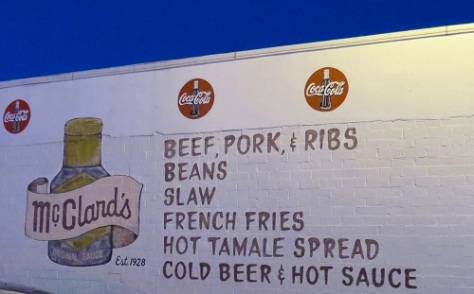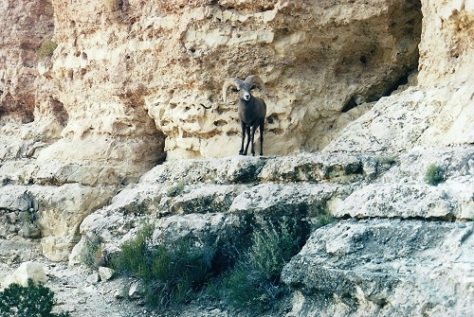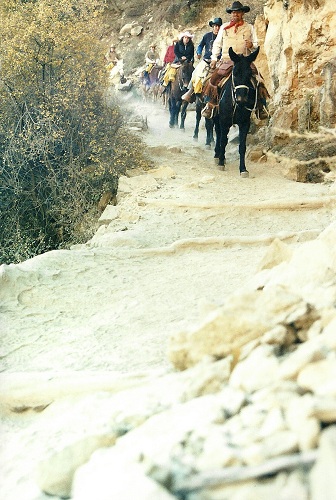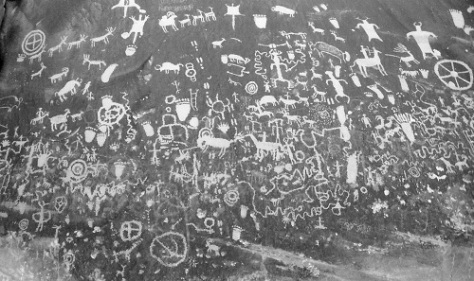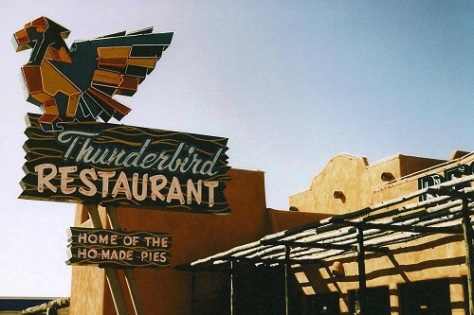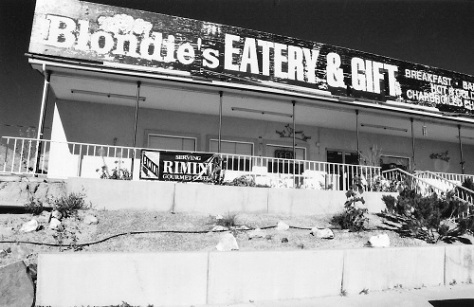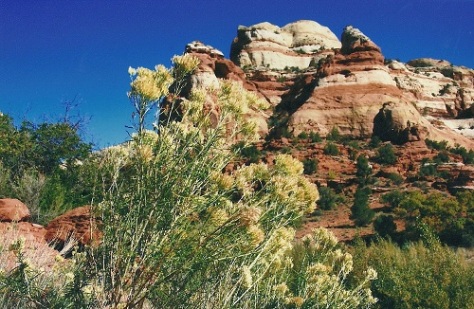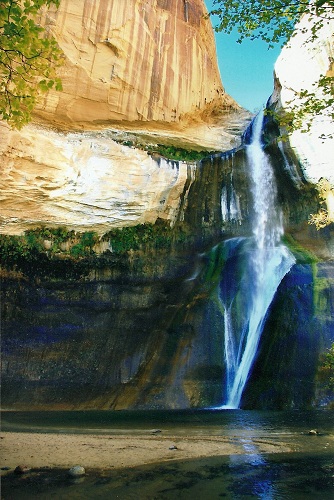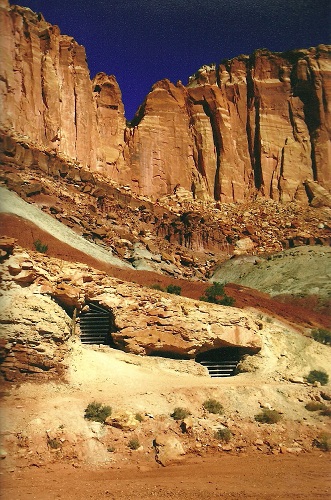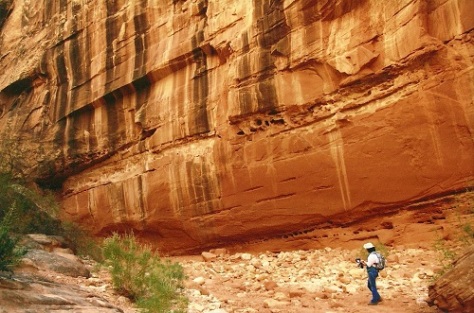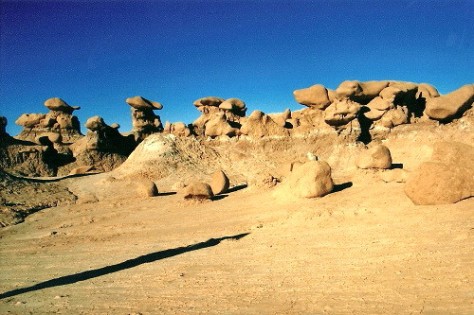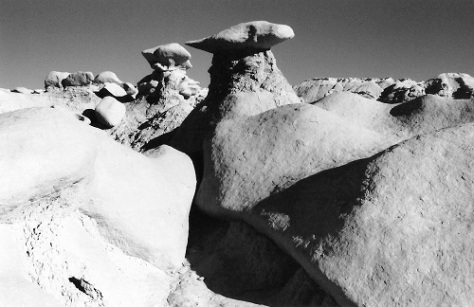When I realized I needed to meet a friend from Dallas in New Orleans on Easter weekend, I naturally started to think of how I could extend the visit into a bigger road trip. Checking Hot Springs National Park off the list seemed like an obvious choice, especially since my original plans to visit the park almost five years ago were thwarted when snow in Dallas resulted in a canceled business trip.*
As the park ranger was quick to inform us, by one standard, Hot Springs is the oldest national park because it was set aside as a special reservation in 1832 by President Andrew Jackson (he of the $20 bill—for now). It became an official national park in 1921. At 5,550 acres, it is the smallest park in the system (which surprised me, as I would have guessed Congaree, but that park is almost five times the size of Hot Springs), followed by American Samoa and the Virgin Islands at approximately 10,000 and 15,000 acres respectively.
The heart of the park is Bathhouse Row on Central Avenue but it spills over into mountains on each side, the appropriately named West Mountain to the southwest, and Hot Springs Mountain and North Mountain to the northeast. The forty-seven mineral water springs flow down from Hot Springs Mountain and, since the mid-nineteenth century, have been diverted into public bathhouses and town fountains. The water is odorless and tasteless. (Side note: Unfortunately the weather was rather grey while we were there so I don’t have any great pictures of the town.)
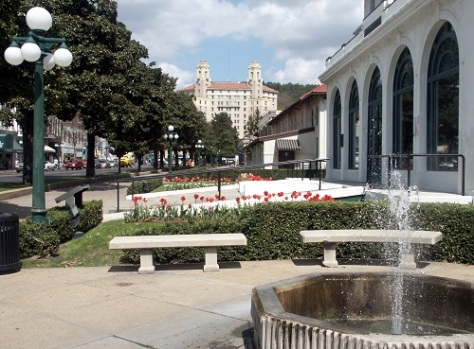
The first European to visit the Hot Springs area was Hernando de Soto in 1541, but the heyday of the park was in the 1920s and 1930s, when the likes of Al Capone and Lucky Luciano came to “take the waters” and baseball players came for spring training. The casinos were shut down in the late 1960s and the town seems to have been struggling to find its footing ever since. We were there on a “race weekend” so it was fairly crowded; however, the pedicurist at the spa told me that their business only really picks up during Spring Break and in the summer. In any case, the town/park has a very out-of-time feel.
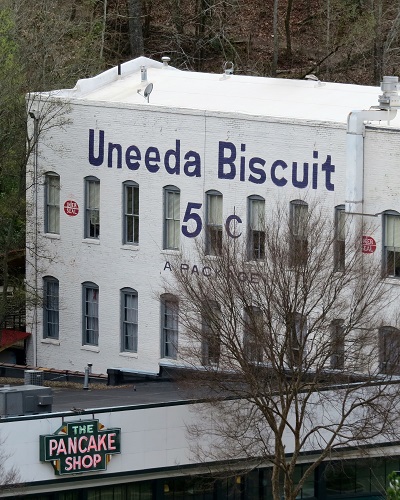
On Bathhouse Row, you can tour the beautiful Fordyce Bathhouse, which serves as the national park’s Visitor Center, enjoy local brews (including root beer!) made with mineral water at the Superior Bathhouse, and receive spa treatments or have a traditional bath experience at Buckstaff Bathhouse. There are also a number of cute boutiques along Central Avenue.

Dominating Central Avenue is the Arlington Hotel, which opened on New Year’s Eve in 1924. It is still the largest hotel in the state and some rooms even have mineral water piped directly into their bathtubs. Unfortunately, while you can’t beat the location of the Arlington (our room looked out over both the park and Bathhouse Row), its old world glamour has been allowed to get somewhat run down. However, it is conveniently located to both the Pancake Shop and the Colonial Pancake & Waffle House, both of which were excellent breakfast places. They do get quite crowded though so go as early as you can.
The other memorable food spot, McClard’s BBQ, was well out of the park area. I enjoyed the ribs, and the coleslaw was great, but I expected more from Bill Clinton’s favorite barbecue joint. Note: We didn’t have tamales, which is apparently a thing at barbecue places throughout the Mississippi Delta. Who knew?
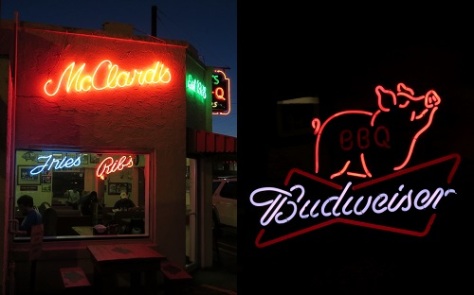
As for things to do in the park (besides spa treatments), I highly recommend taking a ranger tour of the Fordyce. We had a fantastic guide—her great aunt had worked in the bathhouses and she was full of stories from interviews she had done with former workers. The story of these (mostly) black workers would make an interesting study all on its own, but combined with the intriguing guests, the history is truly fascinating. Even if you don’t have time for a tour, I would still recommend the building itself. All three floors are beautiful.
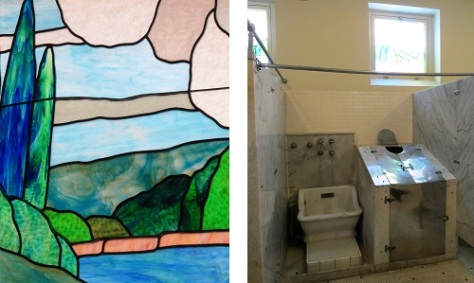
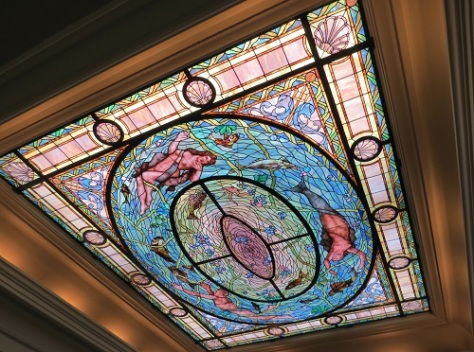
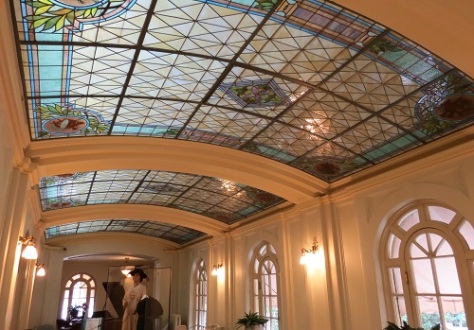
Above the bathhouses and the Arlington Hotel are Hot Springs Mountain and North Mountain. While you can drive up to the observation tower at the top, you can also roam over the mountains on a series of short trails climbing up from the Grand Promenade. We did the outer loop, consisting of climbing the Dead Chief Trail to the right (1.4 miles), which then joined the Gulpha Gorge Trail for a bit, eventually connecting to the Goat Rock Trail (1.1 miles). After climbing to the North Mountain Overlook (the view is worth the short climb), we returned via the Upper Dogwood Trail (1 mile). Except for the beginning, which was fairly steep, it was an easy ramble through the woods.
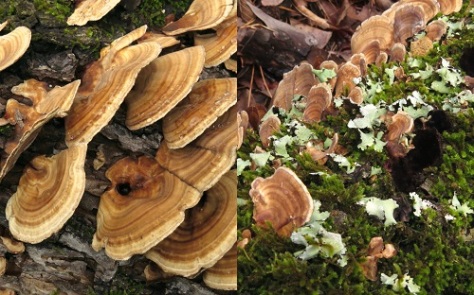
Outside of the national park proper, but still in Hot Springs, is Garvan Woodland Gardens. These gardens, donated by Verna Garvan to the University of Arkansas, cover over two hundred acres. We happened to hit right at the peak of the Tulip Extravaganza and I can tell you the name is no joke—apparently there were almost 150,000 tulips. There were also many daffodils still to be seen on the Three Sisters of Amity Daffodil Hill as well as beautiful Japanese magnolia and dogwood trees in the Garden of the Pine Wind. And, remarkable at any time of year, the fare at the on-site eatery—the Chipmunk Café—was quite tasty.
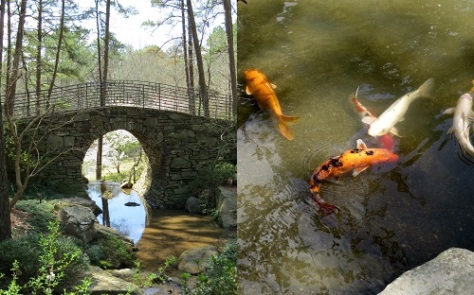
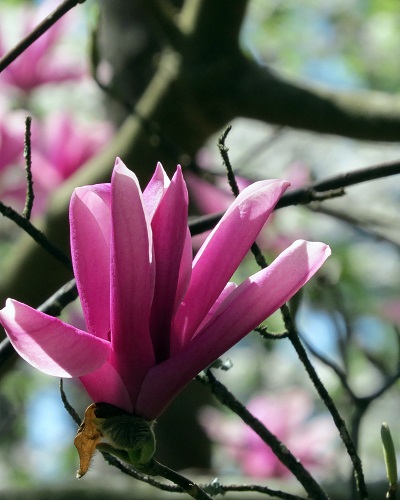
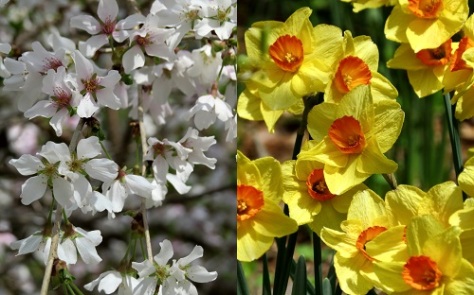
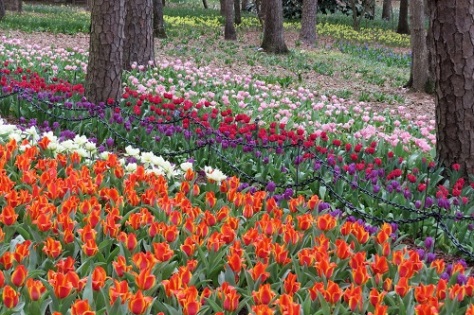
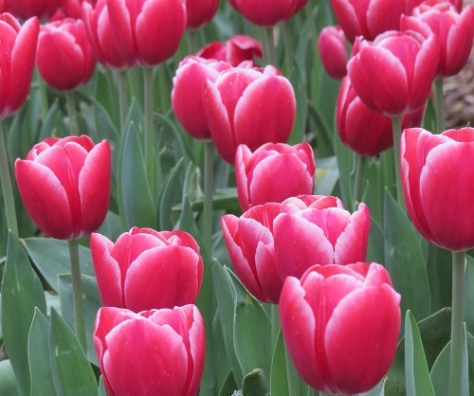
Finally, about thirty minutes from Hot Springs is Lake Ouachita State Park, located within Ouachita National Forest. Here we took the Caddo Bend Trail, a four-mile trail that loops around the Point 50 Overlook peninsula. This trail was nothing spectacular, but the lake is very pretty so it makes for a nice walk. It climbed a bit more than we anticipated, but didn’t take the close to the three hours that the trail marker indicated. All in all, the lake was a lovely surprise after being rather disappointed by our trip up “scenic” byway Highway 7.
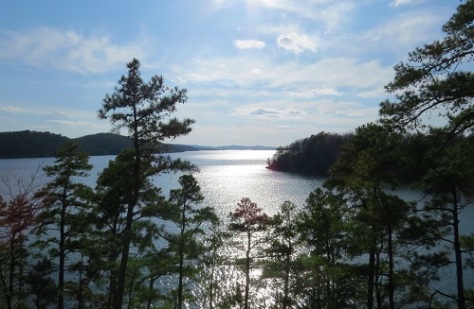
Side trip alert: While the focus of our time in Arkansas was Hot Springs, I wish we had had time to see the northwest corner of the state, which looks to be absolutely beautiful. However, one stop we did make on our way to Memphis was Little Rock’s Central High School. As my most recent editorial project was a U.S. history textbook, I was eager to see this infamous civil rights location. The school is still functioning as a high school, but the nearby Visitor Center documents the trials and tribulations of the Little Rock Nine in their efforts to integrate the school in the late 1950s. Kudos to the National Park Service as this is one of the best museum displays I’ve seen—you can glean a brief (but comprehensive) overview of the 1957 events and the civil rights movement from the timeline panels, or linger and watch the numerous video clips containing news footage and personal interviews. Many of the multimedia stands are located in front of plate-glass windows providing a view of the gas station and school across the way. It really makes history come alive.
“If you just don’t say anything, you’re part of the problem and not part of the solution. If all the other teenagers had been like the Little Rock Nine, they could have changed the situation.”—Minnijean Brown Trickey
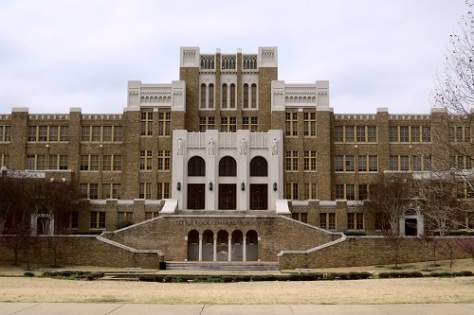
Entry to both Hot Springs National Park and the Little Rock Central High School National Historic Site is free.
*Note: While Hot Springs is closer to both Little Rock (1 hour) and Memphis (3 hours), the drive from Dallas is quite reasonable (4.5 hours), if boring. But Dallas worked for me logistically and flights there were cheaper than other options.
